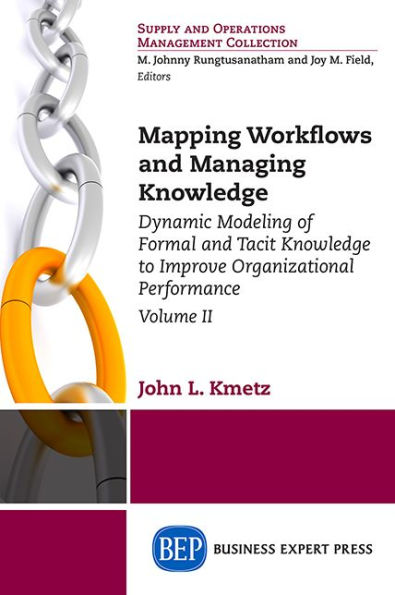Home
Flexible Workflows: A Constraint- and Case-Based Approach
Barnes and Noble
Flexible Workflows: A Constraint- and Case-Based Approach
Current price: $74.00


Barnes and Noble
Flexible Workflows: A Constraint- and Case-Based Approach
Current price: $74.00
Size: OS
Loading Inventory...
*Product information may vary - to confirm product availability, pricing, shipping and return information please contact Barnes and Noble
Traditional workflow management systems support the fulfillment of business tasks by providing guidance along a predefined workflow model. Due to the shift from mass production to customization, flexibility has become important in recent decades, but the various approaches to workflow flexibility either require extensive knowledge acquisition and modeling, or active intervention during execution. Pursuing flexibility by deviation compensates for these disadvantages by allowing alternative paths of execution at run time without requiring adaptation to the workflow model. This work, Flexible Workflows: A Constraint- and Case-Based Approach, proposes a novel approach to flexibility by deviation, the aim being to provide support during the execution of a workflow by suggesting items based on predefined strategies or experiential knowledge, even in case of deviations. The concepts combine two familiar methods from the field of AI - constraint satisfaction problem solving, and process-oriented case-based reasoning. The combined model increases the capacity for flexibility. The experimental evaluation of the approach consisted of a simulation involving several types of participant in the domain of deficiency management in construction. The book contains 7 chapters covering foundations; domains and potentials; prerequisites; constraint based workflow engine; case based deviation management; prototype; and evaluation, together with an introduction, a conclusion and 3 appendices. Demonstrating high utility values and the promise of wide applicability in practice, as well as the potential for an investigation into the transfer of the approach to other domains, the book will be of interest to all those whose work involves workflow management systems.


















